Home>Storage Ideas>Kitchen Storage>10 Signs Your Kitchen Organizing System Isn’t Working
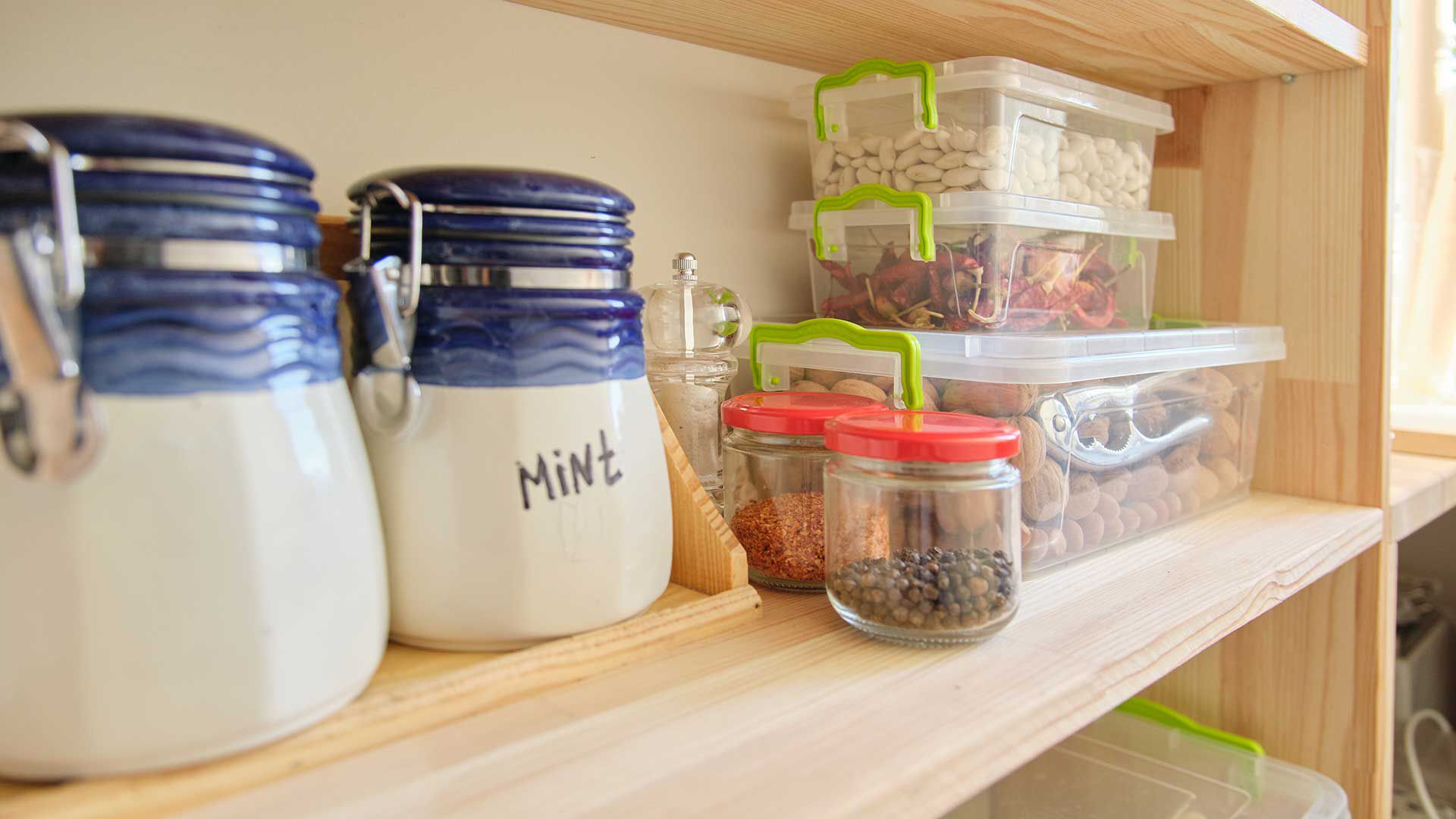

Kitchen Storage
10 Signs Your Kitchen Organizing System Isn’t Working
Modified: October 20, 2024
Discover the telltale signs that your kitchen organizing system isn't effective. Learn how to maximize your kitchen storage with these expert kitchen storage ideas.
(Many of the links in this article redirect to a specific reviewed product. Your purchase of these products through affiliate links helps to generate commission for Storables.com, at no extra cost. Learn more)
Introduction
Welcome to the world of kitchen organization! In a busy household, a well-organized kitchen is essential for creating a functional and efficient space. A cluttered and disorganized kitchen not only hinders your ability to cook and entertain, but it can also add unnecessary stress to your daily routine. If your kitchen is suffering from a lack of storage, misplaced utensils, and constant chaos, it may be time to evaluate your kitchen organizing system.
In this article, we will explore the top 10 signs that indicate your kitchen organizing system isn’t working. From cluttered countertops to inaccessible cabinets, we’ll discuss common problems and provide practical solutions to help you transform your kitchen into a well-organized oasis. So, let’s dive in and discover how you can create a functional and beautiful space that will make cooking and meal prep a breeze!
Key Takeaways:
- Say goodbye to cluttered countertops by decluttering, creating designated zones, and optimizing storage. Keep it clean and functional for a stress-free cooking experience.
- Transform your kitchen with efficient storage solutions, meal planning, and regular decluttering. Enjoy a well-organized space that makes cooking a breeze.
Read more: Simple Tips For Organizing Your Kitchen
Sign 1: Cluttered Countertops
One of the telltale signs that your kitchen organizing system isn’t working is the presence of cluttered countertops. If your countertops are constantly covered in appliances, utensils, and miscellaneous items, it not only makes it challenging to prepare meals, but it also creates a visually chaotic space.
To tackle this issue, start by decluttering your countertops. Take a look at the items that are occupying the space and ask yourself if they truly belong there. Do you really need that bulky blender taking up valuable countertop real estate? Consider finding a designated spot for these items in cabinets or drawers, or even storing them in a pantry or cupboard.
Next, evaluate your storage options. Are your cabinets and drawers fully optimized? If not, consider investing in organizers such as pull-out shelves or drawer dividers to maximize the available space. By efficiently utilizing your storage areas, you can clear off your countertops and create a more functional and visually appealing kitchen.
Another helpful tip is to create designated zones on your countertop. Assign specific areas for meal preparation, cooking, and storing commonly used items. Use trays, baskets, or containers to corral items and keep them organized. Not only will this help reduce visual clutter, but it will also make it easier for you to find what you need while cooking.
Lastly, make it a habit to clean off your countertops after each use. By developing a routine of wiping down surfaces and putting things away, you’ll be able to maintain a clutter-free kitchen. It may take some time to adjust to these new habits, but with consistency and determination, you can conquer the clutter and enjoy a clean and organized countertop.
Sign 2: Lack of Storage Space
If you find yourself constantly struggling with a lack of storage space in your kitchen, it’s a clear indication that your organizing system needs an upgrade. Insufficient storage space not only leads to a cluttered and disorganized kitchen, but it also hampers your ability to keep your cooking essentials close at hand.
To address this issue, start by assessing your current storage solutions. Take a close look at your cabinets, drawers, and pantry to determine if they are being utilized to their fullest potential. Are items piled haphazardly, causing wasted space? Are there any empty or underutilized areas that can be optimized?
Consider investing in space-saving storage solutions such as stackable containers, adjustable shelving, and hanging organizers. These can help maximize vertical space and better utilize the available square footage in your kitchen. Additionally, installing hooks or racks on the inside of cabinet doors can create extra storage opportunities for hanging pots, pans, or utensils.
Think outside the box when it comes to storage options. Utilize wall or ceiling space for hanging racks or shelves to store frequently used items like spices, cutting boards, or cookware. Magnetic strips or hooks on the wall can be a great solution for keeping knives or metal utensils within easy reach.
Another creative storage solution is to repurpose items for alternative uses. For example, use a shoe organizer to store kitchen tools or a hanging fruit basket to store potatoes and onions. By thinking creatively and finding innovative ways to store items, you can make the most of your available space.
Lastly, consider decluttering and streamlining your kitchen by getting rid of items you no longer use or need. Be honest with yourself about what you actually use on a regular basis and let go of the rest. This will free up valuable storage space and create a more functional and organized kitchen.
Remember, finding creative and efficient storage solutions is key to overcoming the challenge of a lack of storage space. By optimizing your current storage areas and utilizing innovative solutions, you can create a more organized and spacious kitchen that meets your needs.
Sign 3: Difficulty Finding Utensils and Tools
Do you often find yourself rummaging through drawers and cabinets, struggling to find the utensils and tools you need? This is a clear sign that your kitchen organizing system is not working efficiently. Difficulty finding essential items not only wastes time but also causes frustration and disrupts the flow of your cooking process.
To address this issue, it’s essential to reevaluate how you store your utensils and tools.
Start by decluttering your kitchen utensils. Remove any duplicates, broken items, or tools you no longer use. Streamlining your collection will make it easier to find what you need and create more space in your drawers or utensil crocks.
Next, consider organizing utensils based on functionality. Group similar utensils together, such as cooking spoons, spatulas, and whisks. This will make it easier to locate the tool you need for a specific task. Utilize drawer dividers or organizers to keep utensils separated and prevent them from becoming a jumbled mess.
Consider utilizing wall-mounted options to maximize storage and keep your utensils easily accessible. Magnetic knife strips or utensil hooks can free up drawer space and create a visually appealing display. Hang frequently used tools within reach, ensuring they are within arm’s reach while you work in the kitchen.
Another helpful tip is to label or assign specific areas for different utensils. This can be done with drawer dividers, labeled jars or containers, or even with color-coded stickers. By designating specific spots for each utensil type, you and other family members will know exactly where to find and return items, reducing the time spent searching.
In addition to organizing utensils, consider investing in functional storage solutions for larger tools and appliances. Install pull-out shelves or sliding cabinets for heavy appliances like mixers or blenders. This will make it easier to access them when needed and keep them safely stowed when not in use.
By implementing these tips, you can create an organized and efficient system for storing and locating your utensils and tools. No longer will you waste precious time searching for the right tool. Instead, you’ll have everything you need at your fingertips, making your cooking experience more enjoyable and stress-free.
Sign 4: Expired or Unused Ingredients
Finding expired or unused ingredients in your pantry or refrigerator is a clear indication that your kitchen organizing system is not working effectively. Not only does this lead to wasted food and money, but it also signifies a lack of proper inventory management and organization.
To tackle this issue, it’s essential to establish a system for keeping track of your ingredients and ensuring their freshness.
Start by conducting a thorough inventory of your pantry and refrigerator. Take note of the items that are nearing their expiration date or have already expired. Dispose of any expired items and make a mental note to be more mindful of monitoring expiration dates in the future.
Next, categorize your ingredients and group them together based on their type. Use clear storage containers, labeled jars, or shelf dividers to keep like items together and easily visible. This will make it easier to see what you have and prevent items from getting lost in the depths of your pantry.
Consider implementing the “First In, First Out” (FIFO) method, where you place recently purchased or opened items at the back of your pantry or refrigerator and move older items to the front. This ensures that you use up the oldest ingredients first, reducing the likelihood of them expiring before you have a chance to use them.
Another helpful tip is to create a designated area for items nearing their expiration date or that need to be used up soon. This can be a small bin or section in the refrigerator or pantry. By keeping these items together, you’ll be prompted to use them before they go bad, reducing food waste.
Consider implementing a meal planning system to ensure that you use up ingredients before they expire. Plan your meals for the week ahead, taking into account the items you already have. This will not only help you make the most of your ingredients but also save time and money by avoiding unnecessary grocery trips.
Lastly, make it a habit to regularly declutter and reorganize your pantry and refrigerator. Set aside time every few months to go through your food items, checking for expiration dates and getting rid of anything that no longer serves you.
By implementing these strategies, you can create an organized and efficient system for managing your ingredients, reducing food waste, and ensuring that your kitchen remains well-stocked with fresh and usable items.
Read more: Shelf Liner Rolls To Organize Your Cabinets
Sign 5: Constantly Losing Tupperware Lids
One frustrating indication that your kitchen organizing system isn’t working effectively is constantly losing Tupperware lids. It’s a common problem that many people face, resulting in a collection of mismatched containers and lids that clutter your cabinets and make it difficult to find the right match when you need it.
To put an end to this frustrating cycle, it’s time to revamp your Tupperware organization system.
Start by decluttering your collection of containers and lids. Get rid of any damaged or stained items that no longer serve their purpose. By reducing the number of containers you have, you’ll have an easier time managing and organizing them.
Next, establish a designated spot for your Tupperware. Whether it’s a dedicated cabinet or a section of a larger cabinet, ensure that containers and lids have their own designated area. Consider using storage solutions such as stacking shelves or dividers to maximize the available space and keep things organized.
When it comes to storing lids, consider storing them separately from the containers. Use a lid organizer or a bin specifically designed for lids to keep them together and easily accessible. This will prevent them from getting lost in the sea of containers.
An effective solution for keeping track of matching sets is to store containers with their lids. Nest smaller containers inside larger ones and place the respective lids alongside or on top of the containers. This way, you’ll always have the lids handy when you need them.
If you still find it challenging to keep track of matching sets, consider investing in a Tupperware set where containers and lids are specifically designed to fit together. The uniformity of the set will simplify storage and make it easier to find matching pieces.
Lastly, make it a habit to pair up containers and lids after use. Train yourself and your family members to wash and dry containers and lids together, ensuring that they are put away as a set. This will save you time searching for the right lid in the future.
By implementing these strategies, you can bid farewell to the frustration of constantly losing Tupperware lids. An organized and efficient Tupperware storage system will not only save you time and frustration but also make meal prep and leftovers a breeze.
If you find yourself constantly searching for items in your kitchen, it may be a sign that your organizing system isn’t working. Consider reevaluating your storage solutions and decluttering to improve efficiency.
Sign 6: Overwhelming Junk Drawer
We’ve all been there – the notorious junk drawer in the kitchen. If you have a drawer filled with random items that is difficult to navigate, it’s a clear sign that your kitchen organizing system needs some attention. An overwhelming junk drawer not only adds clutter to your kitchen but also makes it challenging to find what you need in a hurry.
To bring order to your junk drawer chaos, follow these steps:
Start by emptying out the entire drawer. Yes, everything needs to come out. Take the time to sort through the contents and categorize similar items together. You’ll likely find a mix of office supplies, random gadgets, and various odds and ends.
Once you have everything sorted, it’s time to declutter. Be honest with yourself and get rid of items that you no longer use or need. Broken pens, expired coupons, and old receipts can be disposed of. Consider repurposing or finding a new home for items that don’t belong in the junk drawer.
Invest in drawer dividers or small containers to help organize the remaining items. Dividers will create designated sections for different categories, making it easier to find what you need. You can use them for things like batteries, paper clips, tape, and other small objects that tend to accumulate in a junk drawer.
To prevent future chaos, set boundaries for what should and should not go in the junk drawer. Establish rules and communicate them to household members. Make it clear that the junk drawer should only house items that are essential for quick and easy access, such as tape, scissors, or a small notepad.
Consider labeling the different sections within the drawer to create a visually pleasing and organized look. Labels will help you and others locate items quickly and make it easier to maintain the organization of the drawer over time.
Lastly, commit to a regular cleanout and maintenance routine for your junk drawer. Set a schedule to go through the contents every few months and ensure that items are still relevant and useful. This will prevent the drawer from becoming overwhelming again.
By following these steps, you can transform your overwhelming junk drawer into a well-organized and functional space. Say goodbye to the frustration of rummaging through clutter and hello to easy access to essential items.
Sign 7: Disorganized Pantry
A disorganized pantry is not only visually overwhelming, but it can also make meal planning and grocery shopping a cumbersome task. If you’re constantly struggling to find ingredients or dealing with expired items buried deep in your pantry, then it’s a clear sign that your kitchen organizing system needs improvement.
To regain control over your pantry and create a more organized space, follow these steps:
Start by emptying out your pantry completely. This allows you to see the full extent of what you have and evaluate each item individually. Take the opportunity to check expiration dates and discard anything that is expired or inedible.
Next, categorize the items based on their type. Group similar items together, such as canned goods, grains, pasta, sauces, snacks, and spices. This will make it easier to locate ingredients and maintain organization moving forward.
Invest in storage solutions that maximize the use of vertical space and make items more accessible. Wire racks, stackable bins, or lazy susans can help create separate sections and prevent items from getting lost in the back of your pantry shelves.
Consider using clear storage containers or jars to store dry ingredients and snacks. This not only keeps food fresh but also allows you to see the contents at a glance. Labeling the containers can further enhance organization and make it easier to find what you need when cooking or baking.
When arranging items back into the pantry, keep frequently used items within easy reach. Place them at eye level or in the most accessible areas. This will save you time and frustration when searching for commonly used ingredients.
Maximize space by utilizing the inside of pantry doors. Install hooks or racks to hang aprons, oven mitts, or small items like measuring spoons or cooking utensils. This additional storage area can free up valuable shelf space and keep items visible and within reach.
Lastly, create a pantry organization system that works for you. This can include meal planning and creating a designated area for new ingredients or items to be used soon. Regularly review and refresh your pantry, discarding expired items, and making adjustments to your system as needed.
By implementing these steps, you can transform your disorganized pantry into a well-organized and functional space. Say goodbye to the frustration of searching for ingredients and hello to a more efficient and enjoyable cooking experience.
Sign 8: Inefficient Fridge and Freezer
An inefficient fridge and freezer can be a major headache in the kitchen. If you struggle to find what you need, deal with food spoilage, or constantly battle with a disorganized and overflowing fridge and freezer, then it’s a clear sign that your kitchen organizing system needs improvement.
To optimize your fridge and freezer and create a more efficient storage system, follow these steps:
Start by emptying out your fridge and freezer completely. This allows you to assess the contents and discard anything that is expired, spoiled, or no longer needed. Take the opportunity to wipe down the shelves and drawers to create a fresh and clean space.
Group similar items together and categorize them. Keep raw meats separate from ready-to-eat items to prevent cross-contamination. Place produce in designated drawers or bins to keep them fresh and easily accessible. By organizing your items, you’ll be able to identify any gaps or areas that need improvement.
Consider investing in storage containers or bins specially designed for fridge and freezer organization. These can help maximize space and prevent items from becoming lost or forgotten in the back. Use clear containers to easily identify the contents and label them for further organization.
Arrange items in a way that makes sense to you and your household. Keep frequently used items at eye level or in easily reachable areas. Store leftovers and meal prep items in clear containers, labeled with dates and contents, to avoid food waste.
Utilize the door compartments for items that are less perishable, such as condiments or drinks. Keep in mind that these areas are subject to temperature variations due to frequent door openings, so avoid storing temperature-sensitive items there.
Regularly clean out your fridge and freezer. Set a schedule to go through the contents and check for expiration dates. Dispose of any spoiled or expired items promptly to maintain a fresh and organized space.
Consider using fridge and freezer organizers, such as lazy susans or stackable bins, to make the most of your available space. This will allow you to keep similar items together and prevent items from getting lost or buried in the depths of your refrigerator or freezer.
Lastly, make a habit of meal planning and regularly inventory your fridge and freezer. This will help you stay on top of what you have and ensure that you use items before they go bad. Avoid overstocking and be mindful of what you actually need to minimize waste.
By implementing these steps, you can optimize your fridge and freezer, creating an efficient storage system that prevents food waste and makes it easier to find what you need. Say goodbye to spoiled items and hello to a well-organized and functional refrigeration system in your kitchen.
Sign 9: Unusable or Inaccessible Cabinets
If you have cabinets in your kitchen that are unusable or inaccessible, it’s a clear sign that your kitchen organizing system needs improvement. Cabinets that are poorly designed or not optimized for storage can lead to wasted space and frustration when trying to access items. It’s time to address this issue and make your cabinets more functional and efficient.
Start by evaluating the current layout and design of your cabinets. Are there any large or oddly shaped items taking up unnecessary space? Consider removing or relocating these items to create more storage room.
Next, declutter your cabinets. Get rid of any duplicate or unused items that are taking up valuable space. This will free up room and make it easier to organize the items you do use regularly.
Consider using cabinet organizers such as stackable shelves, dividers, or pull-out drawers to maximize the space within your cabinets. These organizers can help separate items and make them more accessible.
Utilize the vertical space within your cabinets by installing hooks on the inside of cabinet doors. This provides a convenient spot to hang items such as measuring cups, pot holders, or small utensils.
Another helpful strategy is to group like items together and store them in designated sections. For example, keep all baking supplies in one section, pots and pans in another, and plates and bowls in a separate section. This will make it easier to find what you need and maintain organization within your cabinets.
Consider using clear storage containers or baskets to corral similar items and prevent them from getting jumbled together. Label these containers for even better organization and ease of finding what you need.
Take advantage of adjustable shelving if available in your cabinets. This allows you to customize the height between shelves to accommodate different sizes of items. Adjusting the shelving can maximize the use of space and prevent wasted vertical space.
Lastly, reassess your cabinet configuration. If your cabinets are not meeting your needs or are poorly designed, it may be worth considering a kitchen remodel. Consult with a professional to explore cabinet layout options and ensure that you create a functional and efficient storage system.
By implementing these strategies, you can transform your unusable or inaccessible cabinets into a well-organized and functional storage space. Say goodbye to wasted space and hello to cabinets that work for you and your kitchen needs.
Sign 10: Difficulty Maintaining Cleanliness
If you find it challenging to keep your kitchen clean, it’s a clear sign that your kitchen organizing system needs improvement. Difficulty maintaining cleanliness can be attributed to ineffective storage solutions, excessive clutter, and a lack of efficient cleaning routines. It’s time to address this issue and create a kitchen that is not only organized but also easy to clean and maintain.
Start by decluttering your kitchen countertops and surfaces. Remove any unnecessary items that are taking up space and making it difficult to clean. Have a designated spot for commonly used items like appliances, cooking utensils, and spices to keep them easily accessible without cluttering your countertops.
Focus on implementing proper storage solutions for your cleaning supplies. Keep all cleaning products in one location, such as under the sink or in a designated cabinet. Use organizers or baskets to keep items separated and make it easy to find what you need when it’s time to clean.
Establish a regular cleaning routine. Dedicate specific days or times for different cleaning tasks, such as wiping down countertops, sanitizing sinks and appliances, and mopping the floors. By following a consistent cleaning schedule, you’ll be able to maintain cleanliness more easily and prevent messes from piling up.
Optimize your kitchen layout for easy cleaning. Evaluate the placement of appliances, countertops, and sinks to ensure they are within a convenient reach and allow for efficient cleaning. Consider using materials that are easy to clean, such as tiled backsplashes and stainless steel surfaces.
Create designated zones for different tasks. Allocate an area for food preparation, cooking, and cleaning. This will help you stay organized and focused on each task, preventing cross-contamination and making cleaning more manageable after cooking.
Invest in easy-to-clean storage solutions. Look for cabinets or shelves that are easy to wipe down and resist stains. Consider using clear storage containers to store food items in the pantry as they are easier to clean and allow for better visibility of contents.
Declutter and reorganize your pantry and refrigerator regularly to avoid forgotten or expired items. Take inventory of your food items and discard anything that is expired or no longer edible. This will not only maintain cleanliness but also aid in meal planning and prevent food waste.
Lastly, involve everyone in the household in maintaining cleanliness. Create a sense of responsibility by assigning specific tasks to family members or roommates. Encourage everyone to clean up after using the kitchen and to maintain a tidy environment.
By implementing these strategies, you can overcome the difficulty in maintaining cleanliness in your kitchen. An organized and efficient kitchen will not only make cleaning easier but also create a more pleasant and enjoyable space for cooking and gathering with loved ones.
Conclusion
Congratulations! You’ve reached the end of our journey through the top 10 signs that indicate your kitchen organizing system isn’t working. We’ve explored various aspects of kitchen organization, from cluttered countertops to difficulty maintaining cleanliness. Along the way, we’ve provided practical solutions to help you transform your kitchen into a well-organized and functional space.
By addressing these signs and implementing the strategies we’ve discussed, you can create a kitchen that not only looks beautiful but also makes your daily cooking and meal preparation routines smoother and more enjoyable.
Remember, the key to a successful kitchen organizing system lies in creating effective storage solutions, decluttering regularly, and maintaining a consistent cleaning routine. By optimizing your storage spaces, utilizing creative organizers, and categorizing items, you’ll be able to find what you need quickly and efficiently.
Meal planning and inventory management are also crucial elements of a well-organized kitchen. By regularly reviewing your ingredients, using a “First In, First Out” approach, and keeping track of expiration dates, you can reduce food waste and always have the necessary items on hand for your culinary creations.
In addition to functionality, it’s important to infuse your kitchen with a touch of personal style and visual appeal. Explore options such as labeling, using clear storage containers, and adding decorative touches to make your kitchen feel like a welcoming and inspiring space.
Lastly, remember that organizing is an ongoing process. Regular decluttering and maintenance are essential to ensure that your kitchen remains organized and functional in the long run. Set aside time periodically to reassess your organizational systems and make necessary adjustments.
We hope that this article has provided you with valuable insights and practical tips to transform your kitchen organizing system. Remember, an organized kitchen not only elevates your culinary experience but also brings a sense of calm and efficiency to your daily life. So roll up your sleeves, put these strategies into action, and enjoy the benefits of a beautifully organized kitchen!
Frequently Asked Questions about 10 Signs Your Kitchen Organizing System Isn't Working
Was this page helpful?
At Storables.com, we guarantee accurate and reliable information. Our content, validated by Expert Board Contributors, is crafted following stringent Editorial Policies. We're committed to providing you with well-researched, expert-backed insights for all your informational needs.
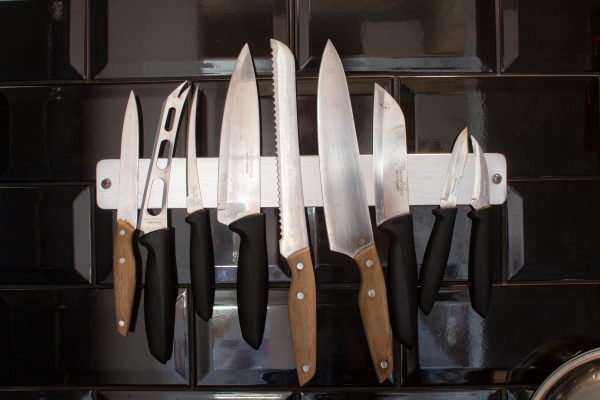
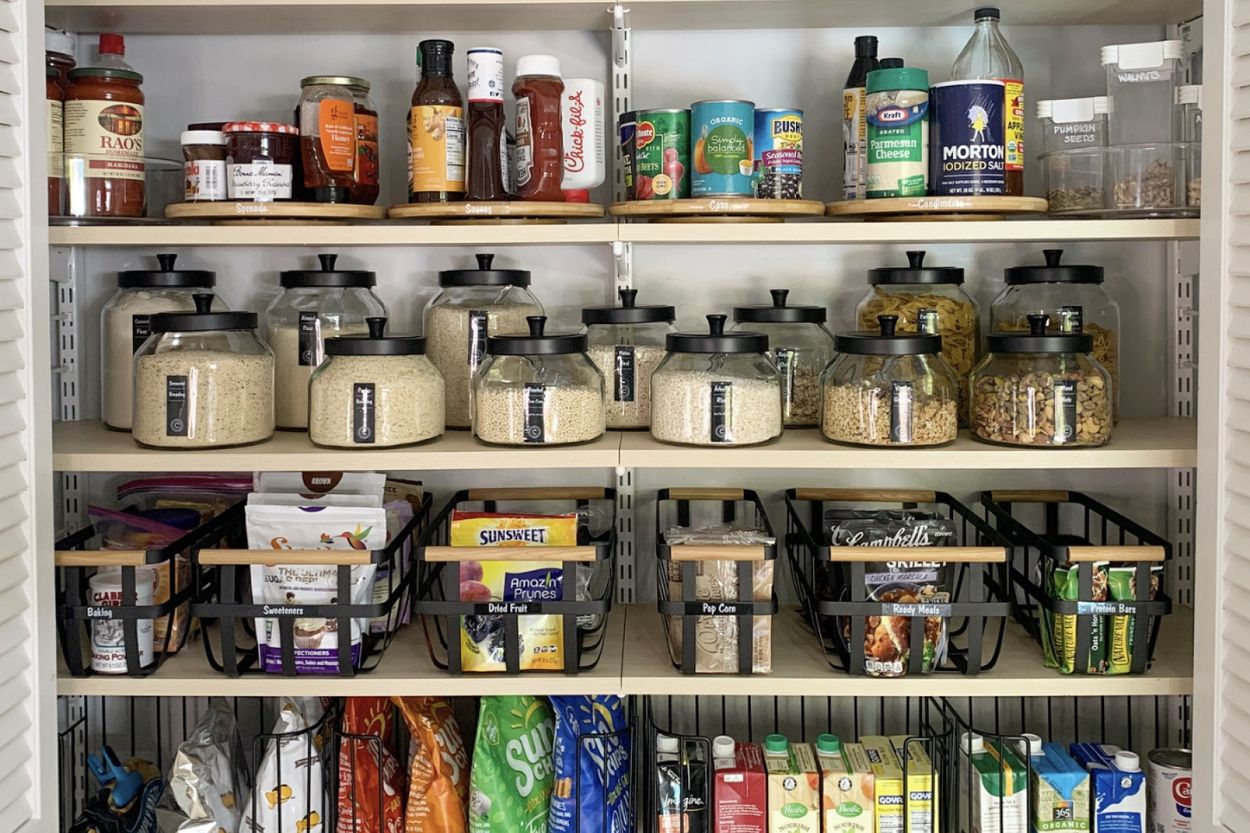
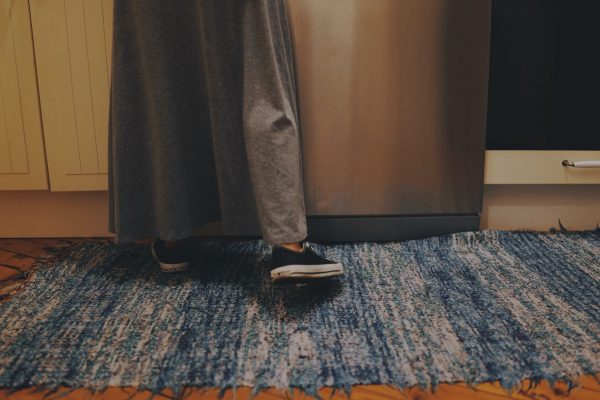
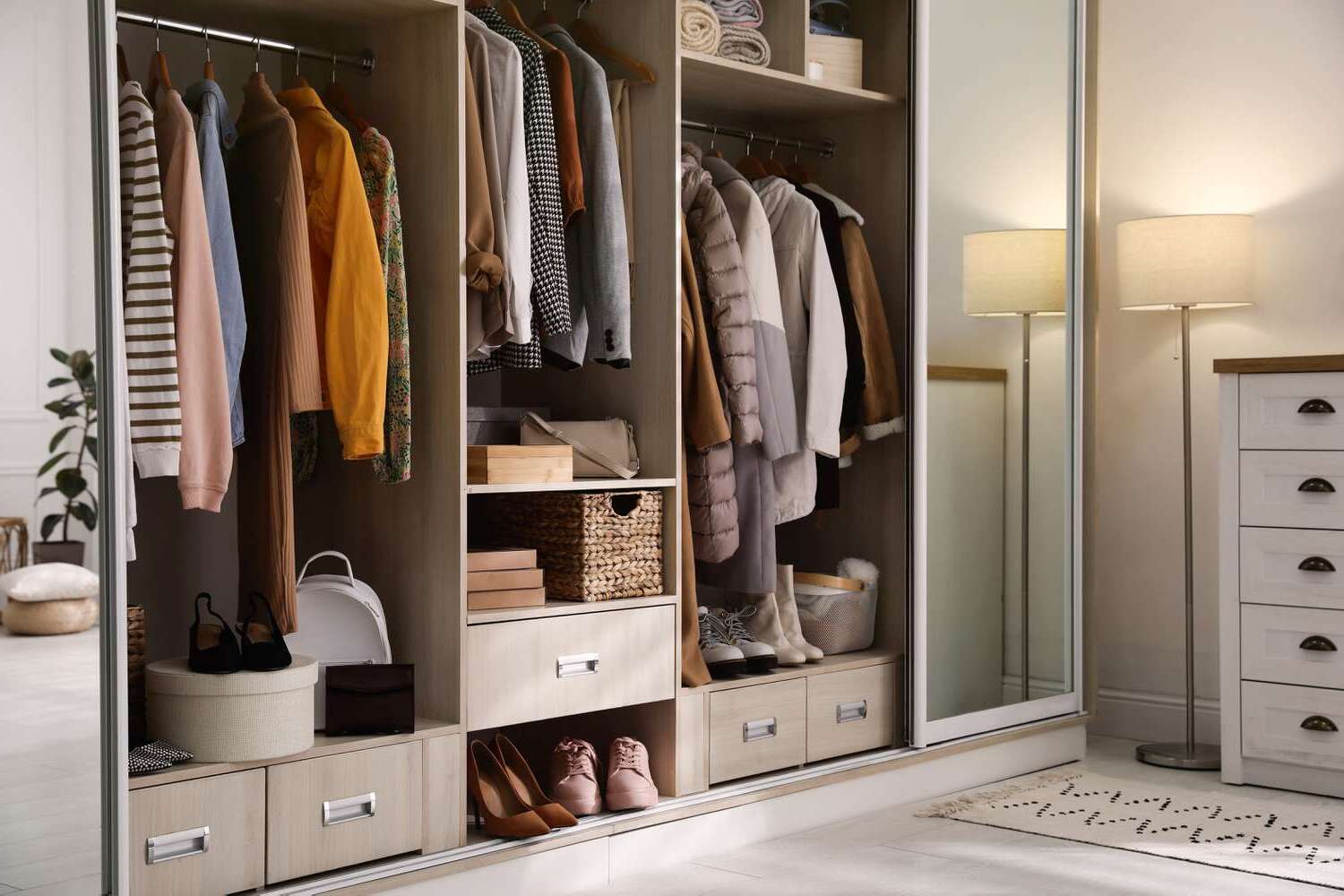
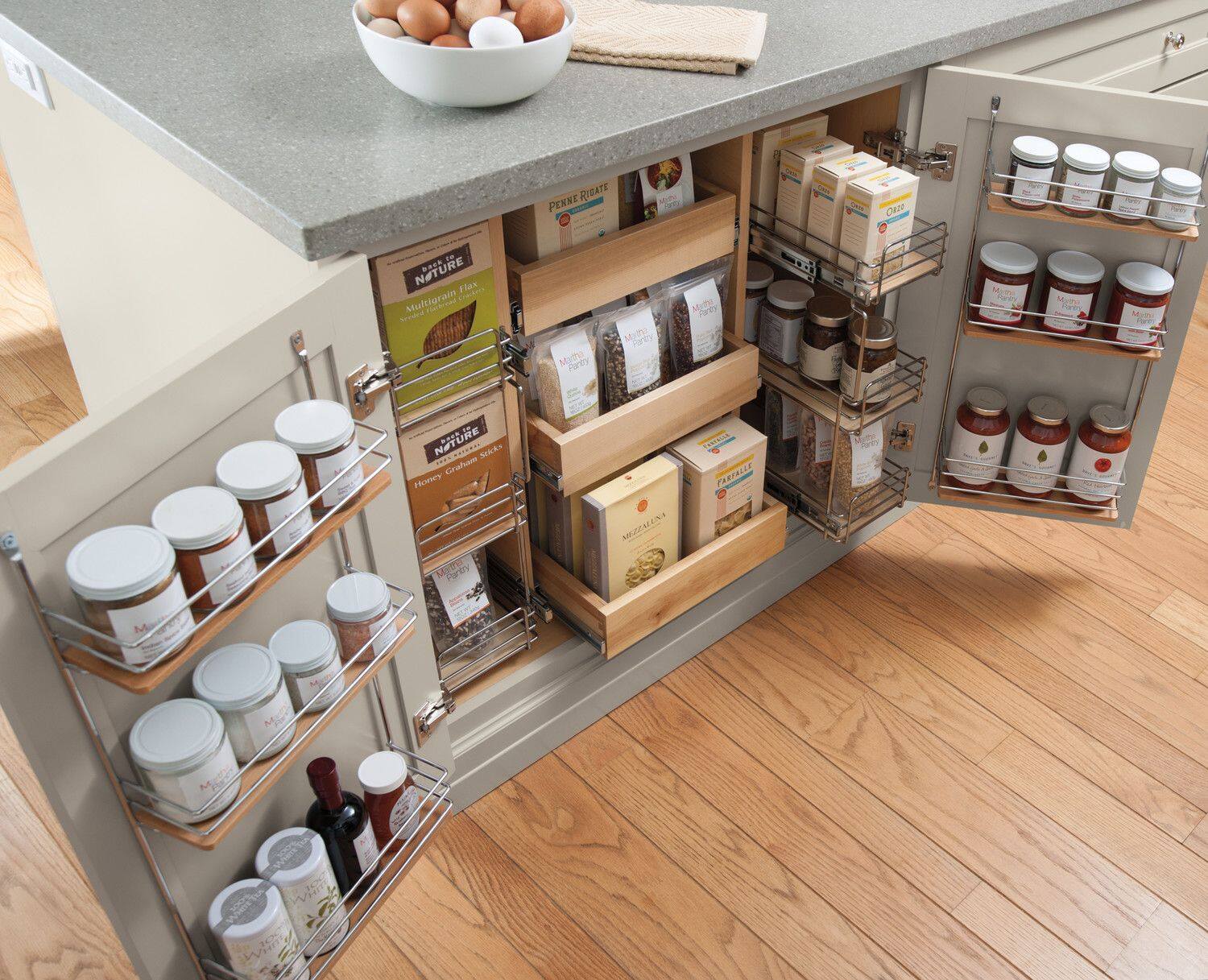
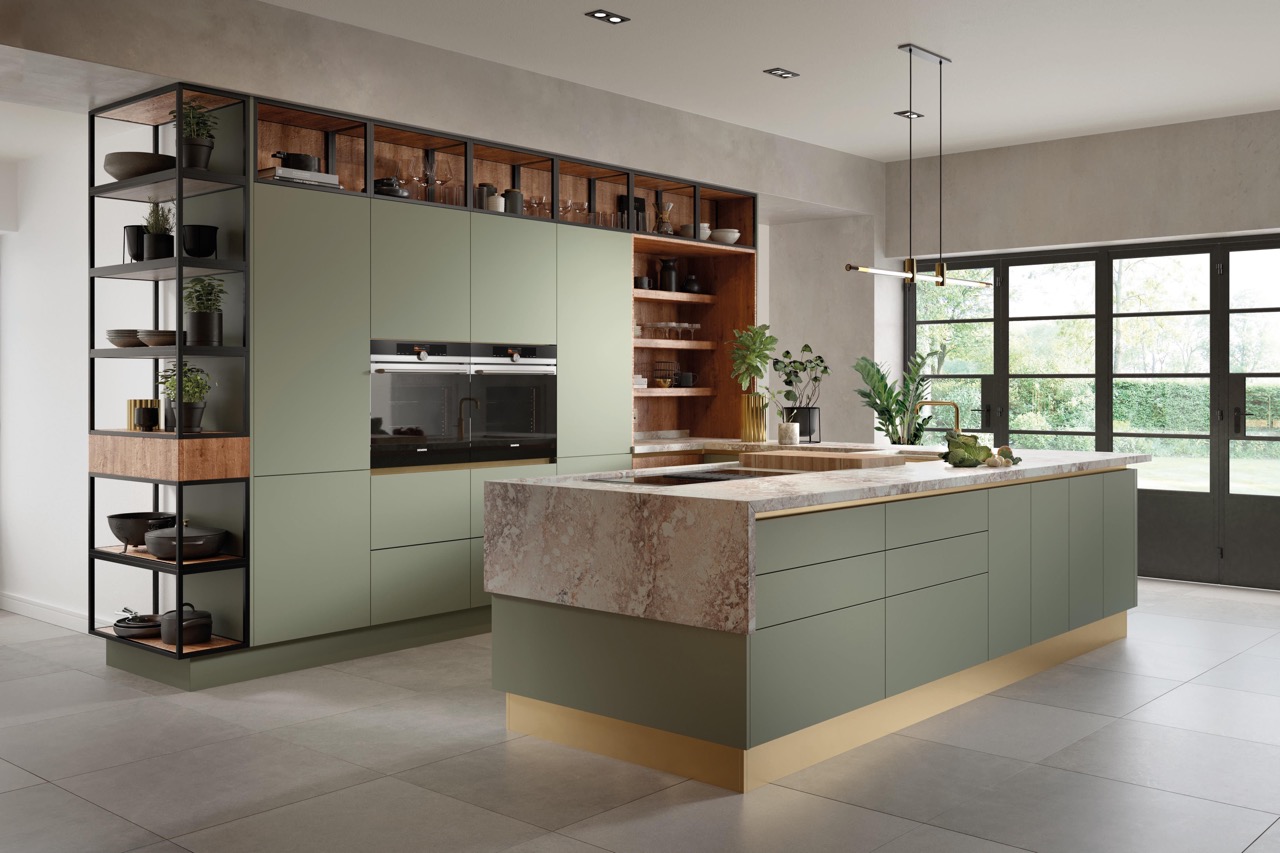

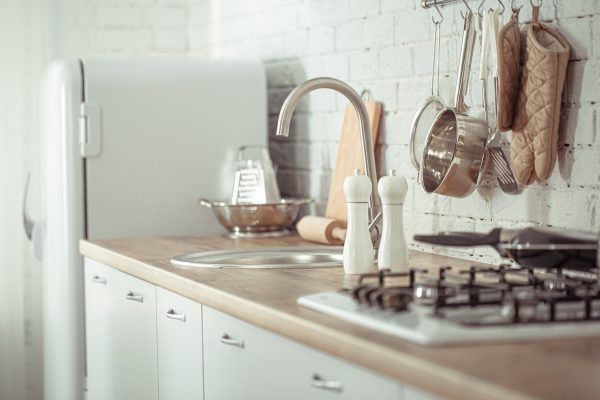
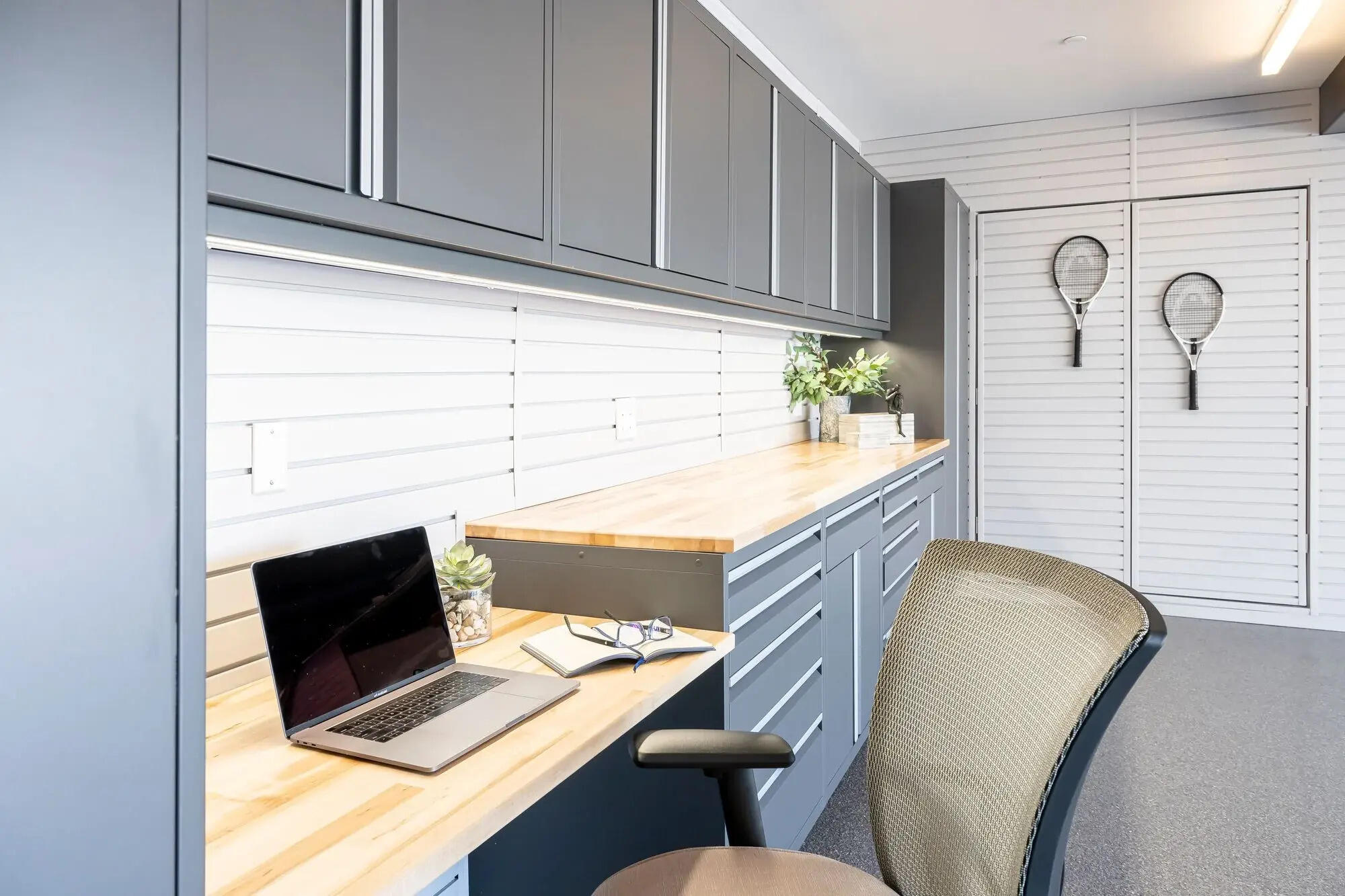
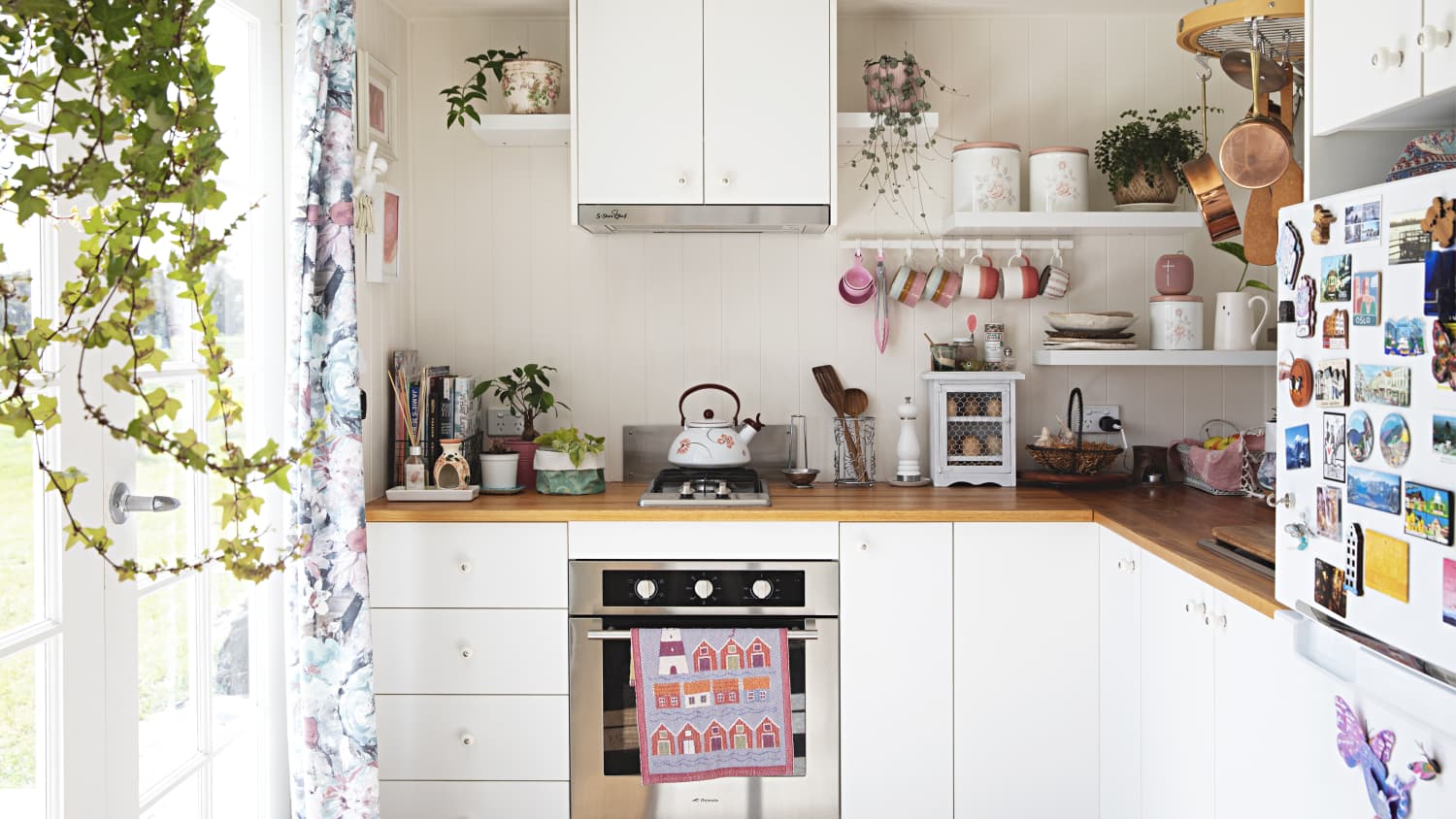

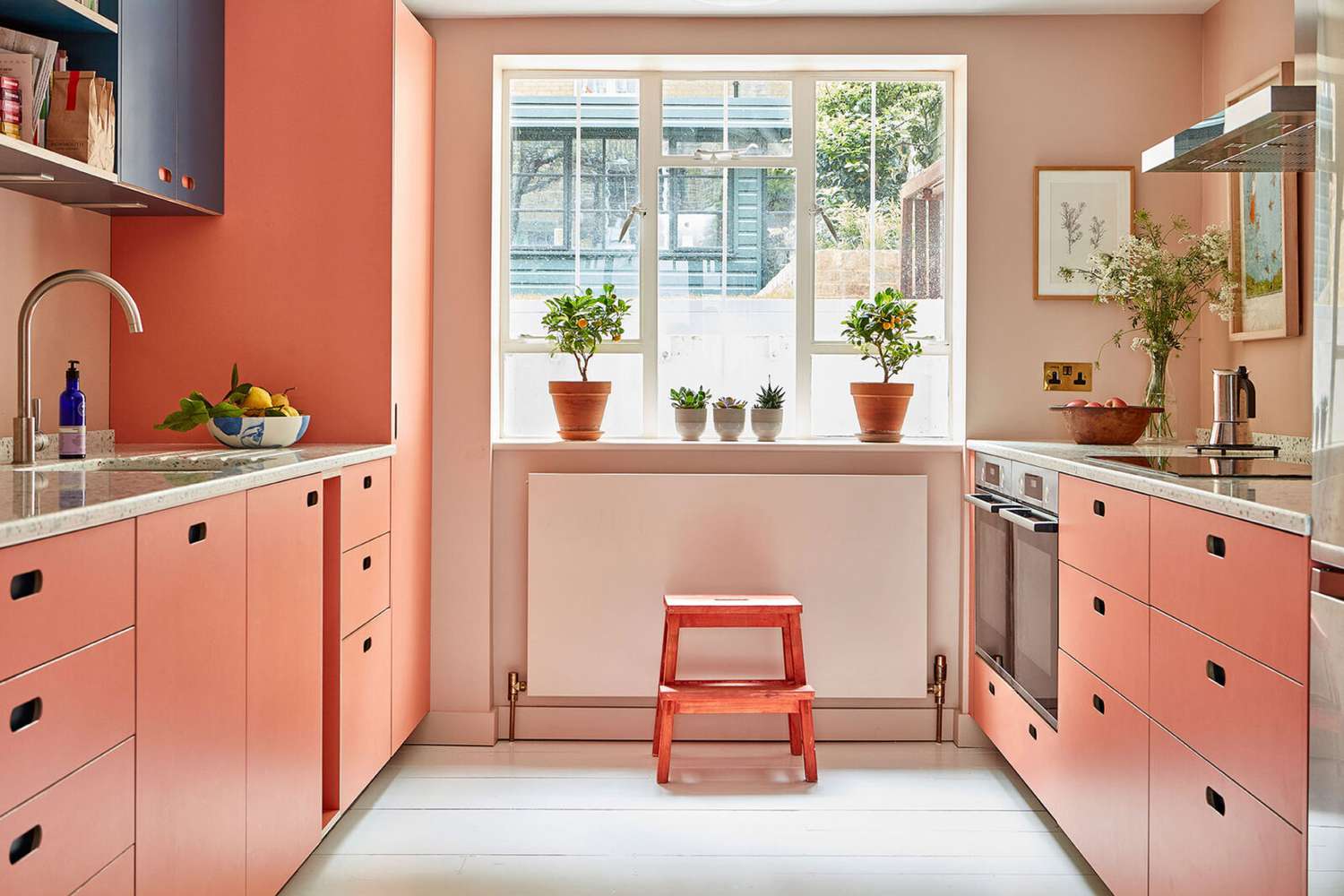
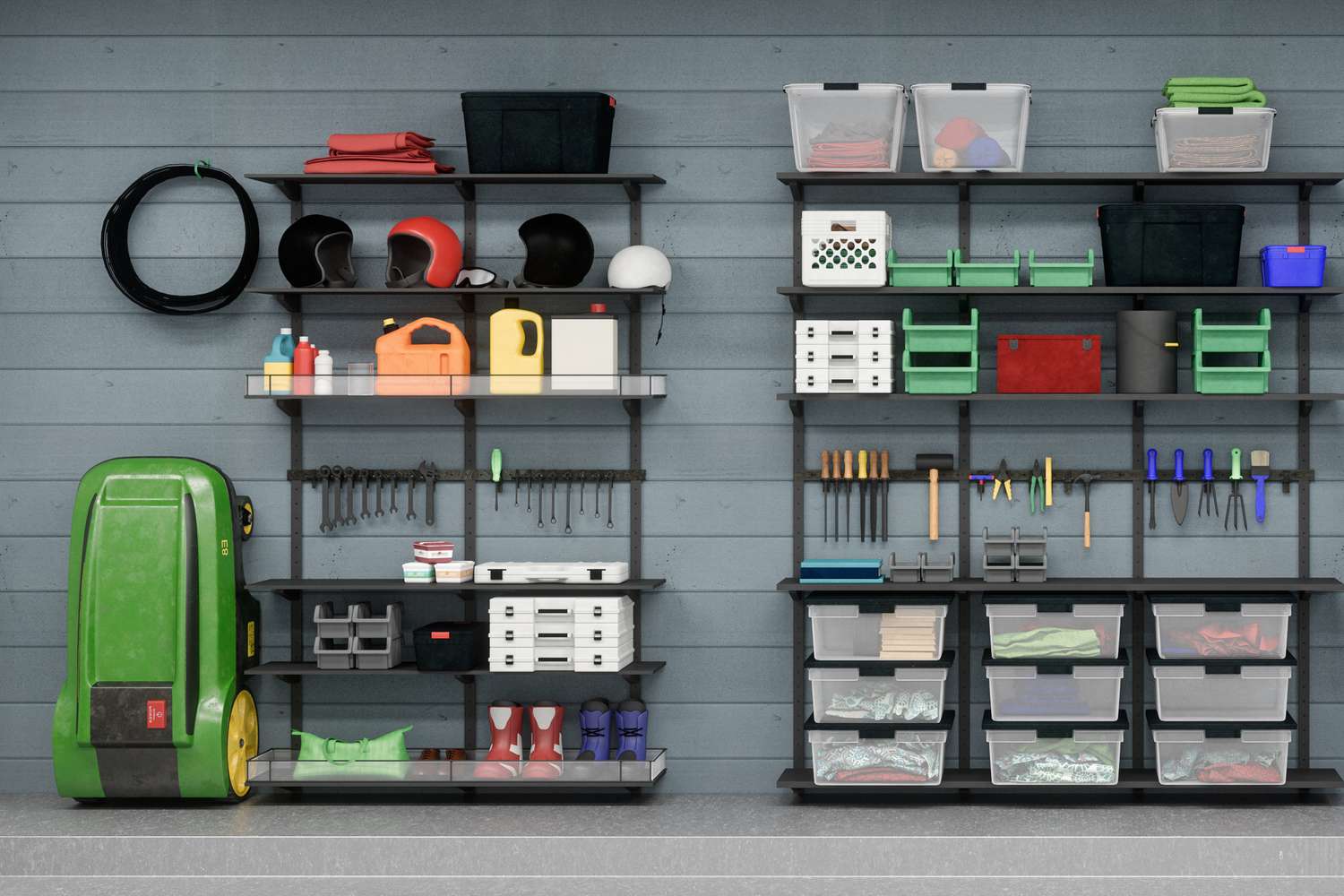

0 thoughts on “10 Signs Your Kitchen Organizing System Isn’t Working”